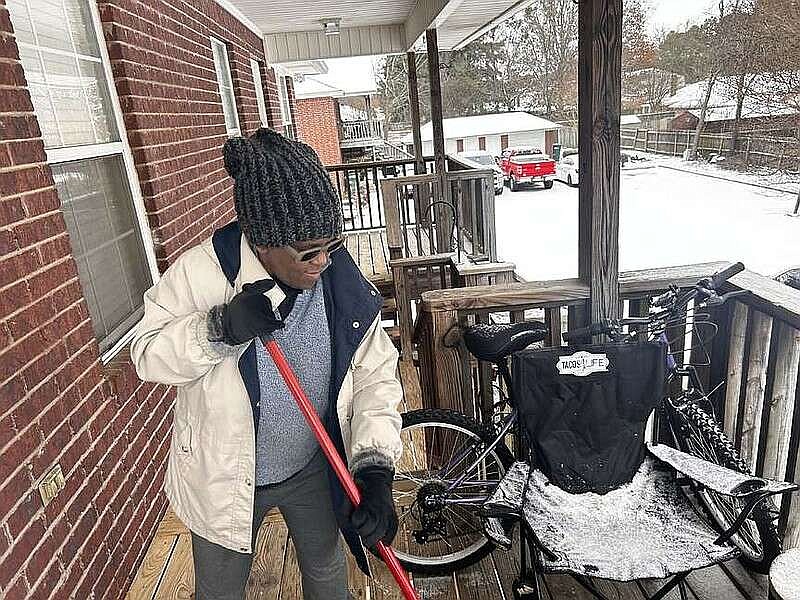TEXARKANA -- People age 65 and older face the danger of hypothermia during the winter.
Older adults are especially vulnerable to hypothermia, because their body's response to cold can be diminished by underlying medical conditions, such as diabetes, over-the-counter cold remedies, and aging.
As a result, hypothermia can develop in older adults after even relatively mild exposure to cold weather or a small drop in temperature, according to the National Institutes of Health.
However, hypothermia can also affect people of any age.
Dr. Matt Young, Chief Medical Officer at Texarkana Emergency Room Center and Hospital, said when temperatures hit below freezing, hypothermia and frostbite are possibilities if a person does not prepare properly before heading outdoors.
"Hypothermia is when our bodies start losing heat quicker than our body can resupply it," Young said. "Hypothermia can be life-threatening. ... If a person's body temperature hits below 95 degrees, seek medical attention."
Hypothermia is caused by prolonged exposure to very cold temperatures.
Warning signs to pay attention to are intense shivering, confusion, memory loss, slurred speech, drowsiness, fumbling hands and exhaustion or feeling very tired. Signs in infants include becoming bright red with cold skin and very low energy.
Frostbite has several stages, the first being frost-nip, Young said. This is when a person begins to get the feeling of cold skin or a crinkly-type sensation. This will normally occur on the cheeks, nose, ears, fingers and toes.
"This is what we call the end organs, where the blood flow can get restricted to those areas," Young said. "That can rapidly progress to frostbite."
Frostbite occurs when there is freezing of the underlying cells of the skin, and it can be damaging to that skin, causing pain, swelling and potentially even fluid coming from the area.
To avoid hypothermia and frostbite, people must prepare, Young said.
"You want to make sure you are well hydrated with plenty of fluids, mostly water, have a good, enriched protein meal and have on appropriate clothing," Young said. "You want to dress in layers."
It is important to dress in layers to keep out external moisture such as snow, sleet and rain. When going outdoors, try to cover all exposed skin such as cheeks, fingers, toes, chin and nose.
If a person notices someone experiencing hypothermia or frostbite, the most important thing is to get the person out of the environment and rewarming is key, Young said.
After getting a person out of the cold, begin to take off their wet clothes and start the rewarming process.
"If someone is dealing with frost-nip or frostbite, you don't want to rub those areas. We just want to rewarm those areas," Young said.
He said someone who is suffering from slurred speech, mental confusion and altered mental status needs to go to the emergency room as soon as possible. Especially for those suffering from hypothermia, the key places to rewarm are underneath the arms, around the chest, groin area and around the neck.
"You want to get those major blood flow areas," Young said.

